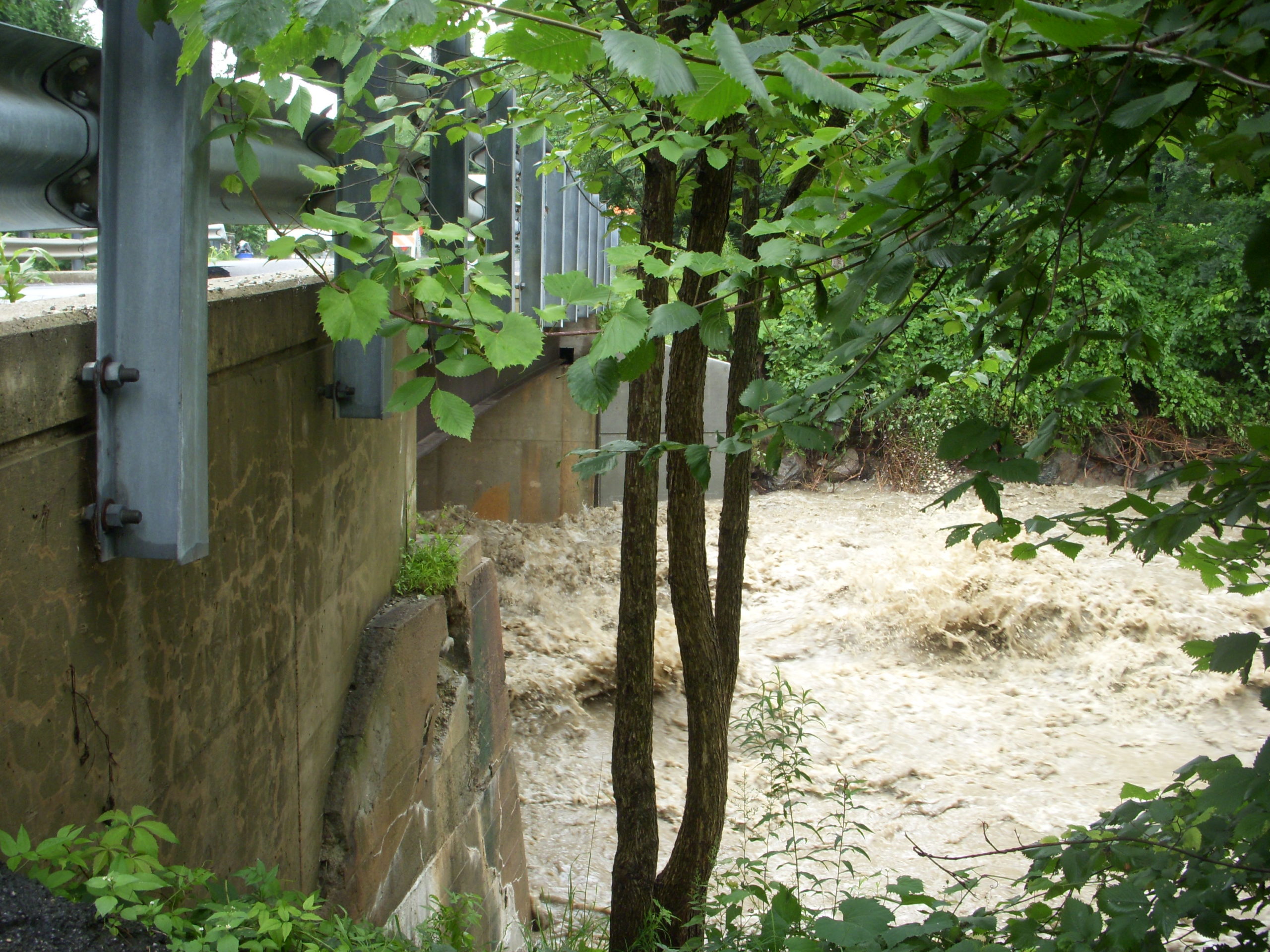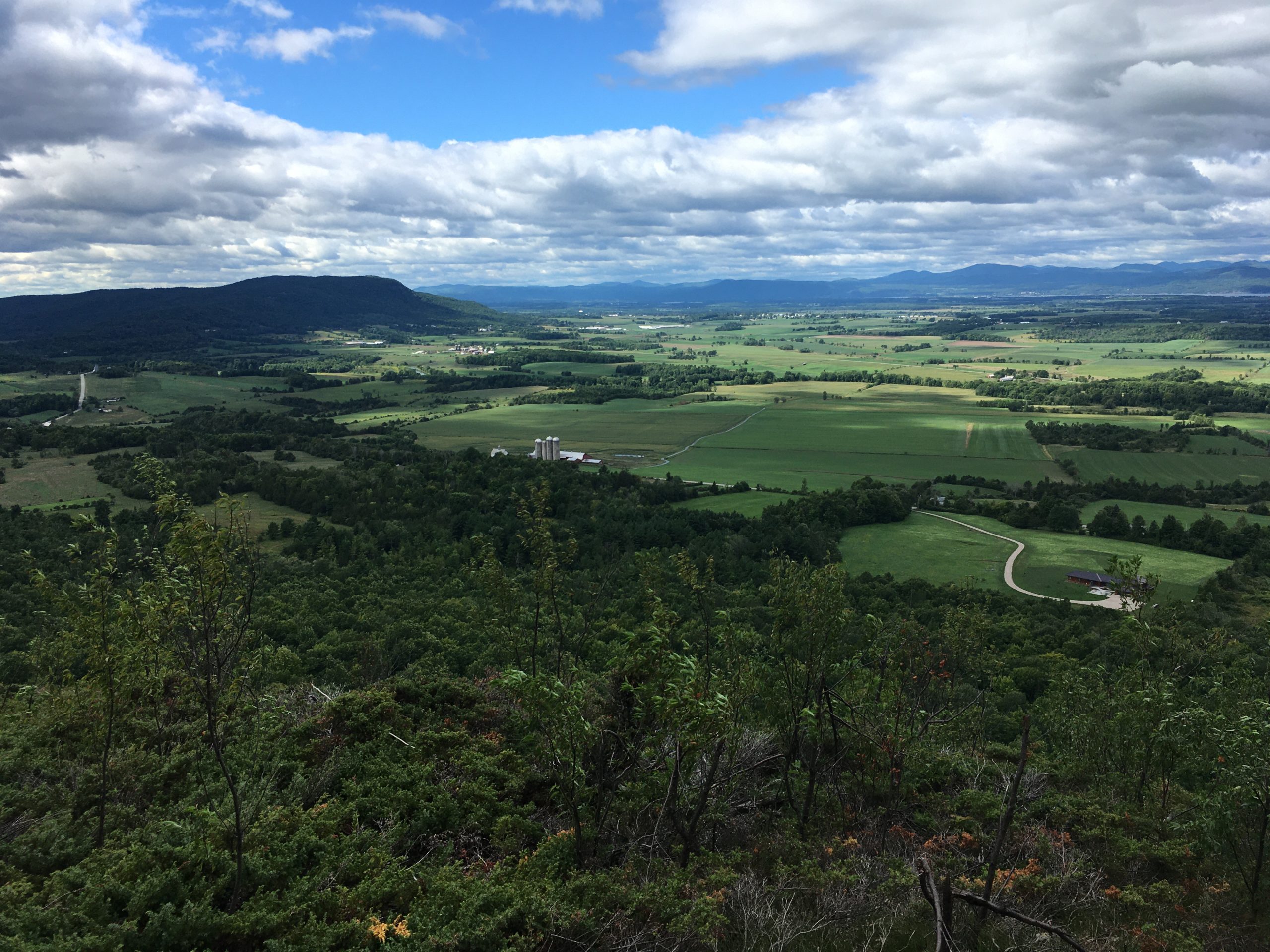Natural resources are Essential
to the high quality of life enjoyed by residents of the area and must be appropriately utilized, respected, managed, enhanced, and preserved to ensure the future vitality of the region and its inhabitants. The regional commission has adopted natural resource goals and policies in its Regional Plan to enhance communication and collaboration among resource users in pursuit of healthy and vibrant communities. We collaborate with the Vermont Agency of Natural Resources scientists, private professionals and community groups to develop plans and guidelines for resource use. We assist our member municipalities with inventory, monitoring and analysis of resources. Region wide information on water quality, agricultural soils, wetlands, wildlife habitat and forest resources are maintained for public use. Lake Champlain Restoration / TMDLExcess phosphorous from a various natural and human-induced sources has impaired the water quality of Lake Champlain. The US EPA is collaborating with VT DEC and other Vermont agencies on a plan to reduce phosphorous loadings by developing a Total Maximum Daily Load (TMDL). This TMDL places a cap on the maximum amount of phosphorous that is allowed to enter the Lake and still meet Vermont’s water quality standards.
Watershed Planning
A watershed or basin is the land that water flows across or under on its way to a stream, river, or lake. The landscape is made up of many interconnected watersheds that can be defined at varying scales. Nearly all of Addison County falls within the Otter Creek Basin, which drains to Lake Champlain. There are also several watersheds in the region that drain directly to Lake Champlain. The watershed planning process emphasizes voluntary actions to solve identified problems and seeks to maximize public participation and involvement in local decision- making and action. The primary function of the watershed planning process is to bring communities together to identify, protect, and restore water quality conditions on a geographical basis.
The Addison County Regional Planning Commission participates in a variety of initiatives with towns and individual landowners to improve and protect water quality. ACRPC’s current watershed activities include:
- Supporting local watershed groups (such as Addison County River Watch Collaborative and the Lewis Creek Association) through administration, grant writing, and technical assistance.
- Working on behalf of the region’s citizens to assist the State of Vermont’s Basin Planning efforts. This is primarily done by participating in and contributing to the Otter Creek Tactical Basin Planning process. You can review the approved Otter Creek Tactical Basin Plan here.
- Conducting Geomorphic Assessments throughout the Lower Otter Creek Watershed.
- Helping communities develop River Corridor Management Plans.
- Assisting towns in creating overlays of erosion hazards along river corridors. These overlays are a zoning tool that can aid river corridor protection and help improve water quality.
- Providing education and outreach to towns regarding the water quality and financial benefits of well designed and maintained roads, bridges, culverts, and ditches.
- ACRPC has produced a Shoreline Condition Map for Lake Dunmore, which is available here.
There are several useful websites on the subject of Stormwater Management and Low Impact Development (LID):
- EPA LID Website
- EPA Green Infrastructure Planning
- Vermont Water Quality Division, Stormwater Section
- University of New Hampshire Stormwater Center
- US EPA Watershed Funding Opportunities
- South Burlington Stormwater Services
For more information about any of these initiatives, or if you would like assistance with other watershed related projects, please contact John Van Hoesen.
Low Impact Development and Stormwater Management
Low Impact Development (LID) is based on reducing the impervious surfaces that generate stormwater flows and treating those flows at their source, instead of piping them away. Most Addison County towns have not implemented this technology in a major way. Since the 1990s, however, research has found that it is both economical and effective to allow precipitation to infiltrate into the ground, using small, localized elements such as rain gardens, bioswales, porous pavement, and green roofs.. Although there are some sites where water infiltration is not advisable, such as around landfills and leaking underground storage tanks; for the most part, water infiltration mimics natural hydrology and is healthier for the watershed.
Click here for LID poster illustrating low-impact development techniques for slowing down stormwater, including green roofs, rain gardens and barrels, pervious pavement, and bioswales.

Forest Stewardship
Addison County’s forests provide a wide range of services that support the region economically, environmentally, and socially. Our forests are a source of raw materials that support traditional forest products industries, such as hardwood veneer, lumber, pulpwood, fuelwood, chipwood and maple syrup. Our forests provide clean water, clean air, and plant and wildlife habitat as well as carbon storage. Our forests are renowned for the recreational opportunities, artistic inspiration, and pleasing views they offer. These natural resources should be used and maintained in ways that will not compromise their future integrity, or that of the region, its residents, and visitors. Visit our Forest Planning page for more information.

Natural Resources Committee
The Natural Resources Committee addresses topics concerning or impacting significant natural resources in the Region and makes recommendations for policy or actions to the Executive Board and Commission.
The Committee recently completed a complete revision of the Natural Resource Section of the Regional Plan. This Section had not been updated since 1994 and much of the content was revised. In particular the water resource, air quality, scenic resource and mineral & earth resources subsections were substantially updated. Upon completion, the Regional Plan was amended to include the revised Natural Resource Section.
Committee Members
- Arabella Holzapfel, Chair
- Barrie Bailey
- Don Burns
- Peter Grant
- Stan Grzyb
- Ed Payne
- Ron Payne
- Jim Pulver
- Debra Sprague
- Paul Wagner
Meetings
Meeting are currently scheduled for the 2nd Wednesday of the month at 6:00 PM at the ACRPC office. They occur before the monthly Commission meeting. Other times may be agreed upon for special meetings.
Staff Contact
Hannah Andrew


